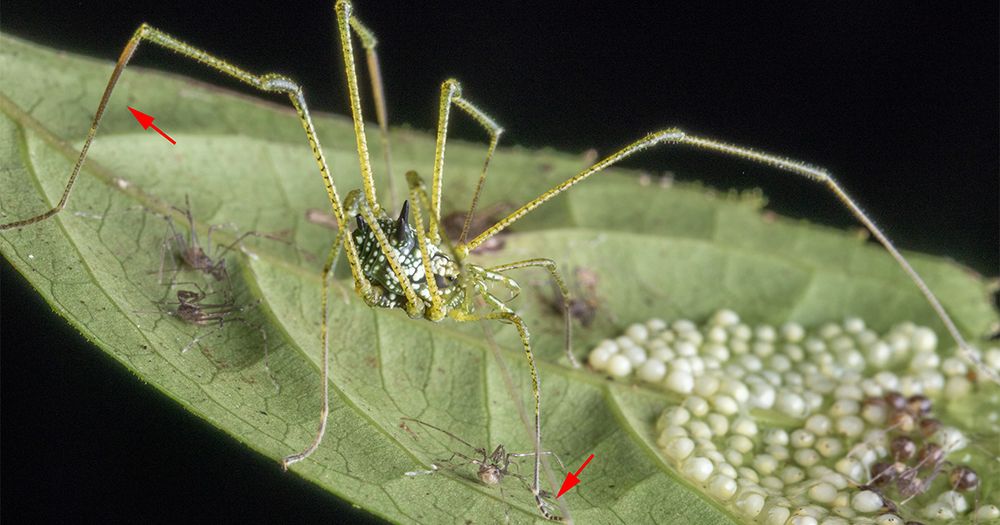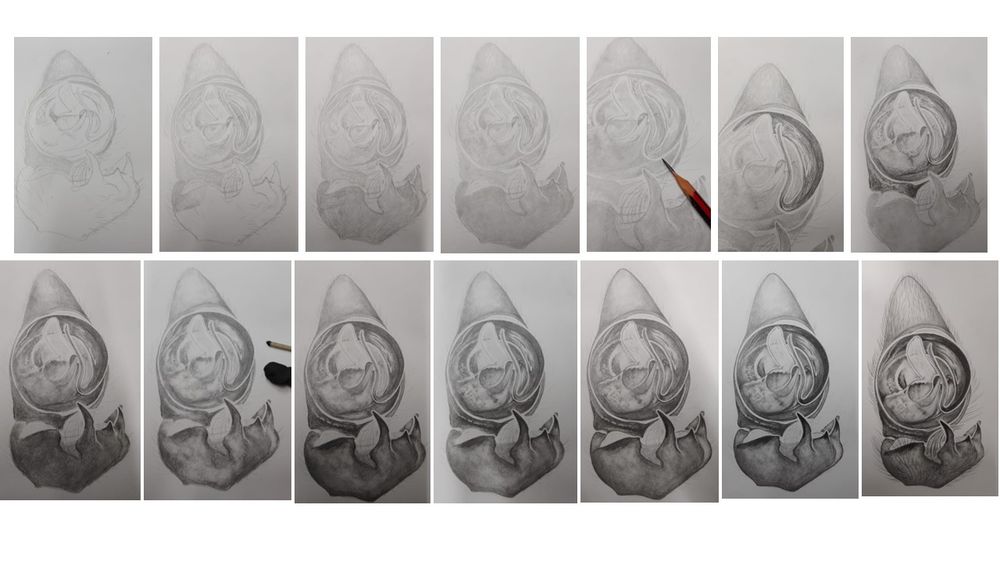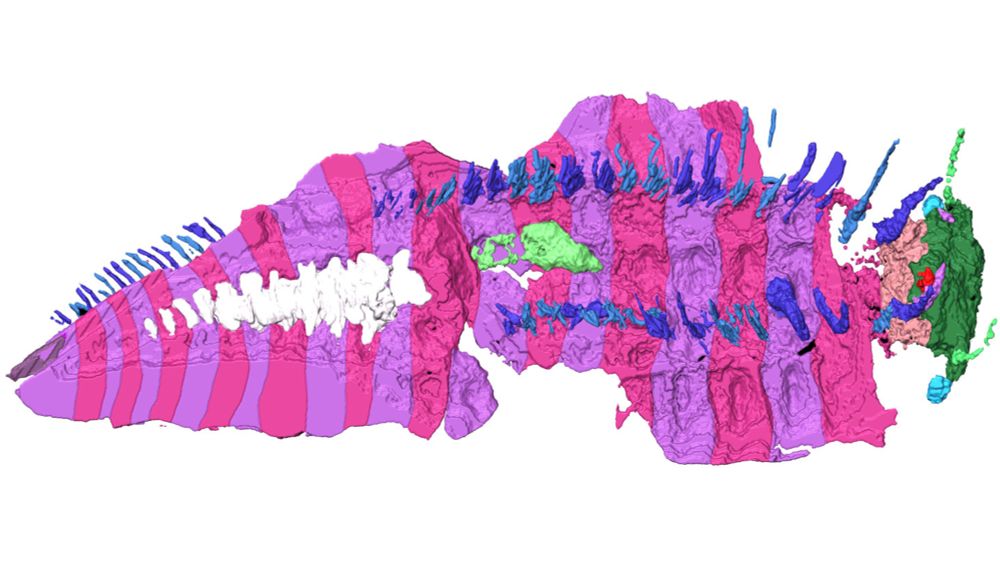Dr. Ivan Magalhaes
@6eyes8legs.bsky.social
480 followers
360 following
25 posts
researcher at Museo Argentino de Ciencias Naturales 〰️ spider nerd 〰️ taxonomy, systematics, biogeography 〰️ he/him 〰️ ENG/ESP/PT
Posts
Media
Videos
Starter Packs
Reposted by Dr. Ivan Magalhaes
Reposted by Dr. Ivan Magalhaes
Reposted by Dr. Ivan Magalhaes
Reposted by Dr. Ivan Magalhaes
Reposted by Dr. Ivan Magalhaes



























